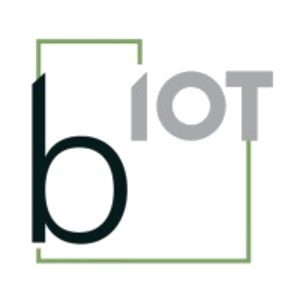
Buildings IOT
At Buildings IOT, we're making smart buildings as they should be to show the world what they can be. We are bold champions, challenging the status quo of the built environment and fighting for what our customers and communities deserve. Our humble beginnings started in 1958 in building controls. As technologies made their way into buildings, innovation promised smarter, healthier, and more efficient buildings. Yet, reality fell short, often making delivered solutions more costly and complex. We knew we could do better and deliver on the possibilities that building technologies promised.